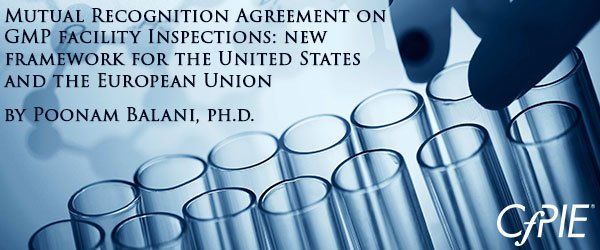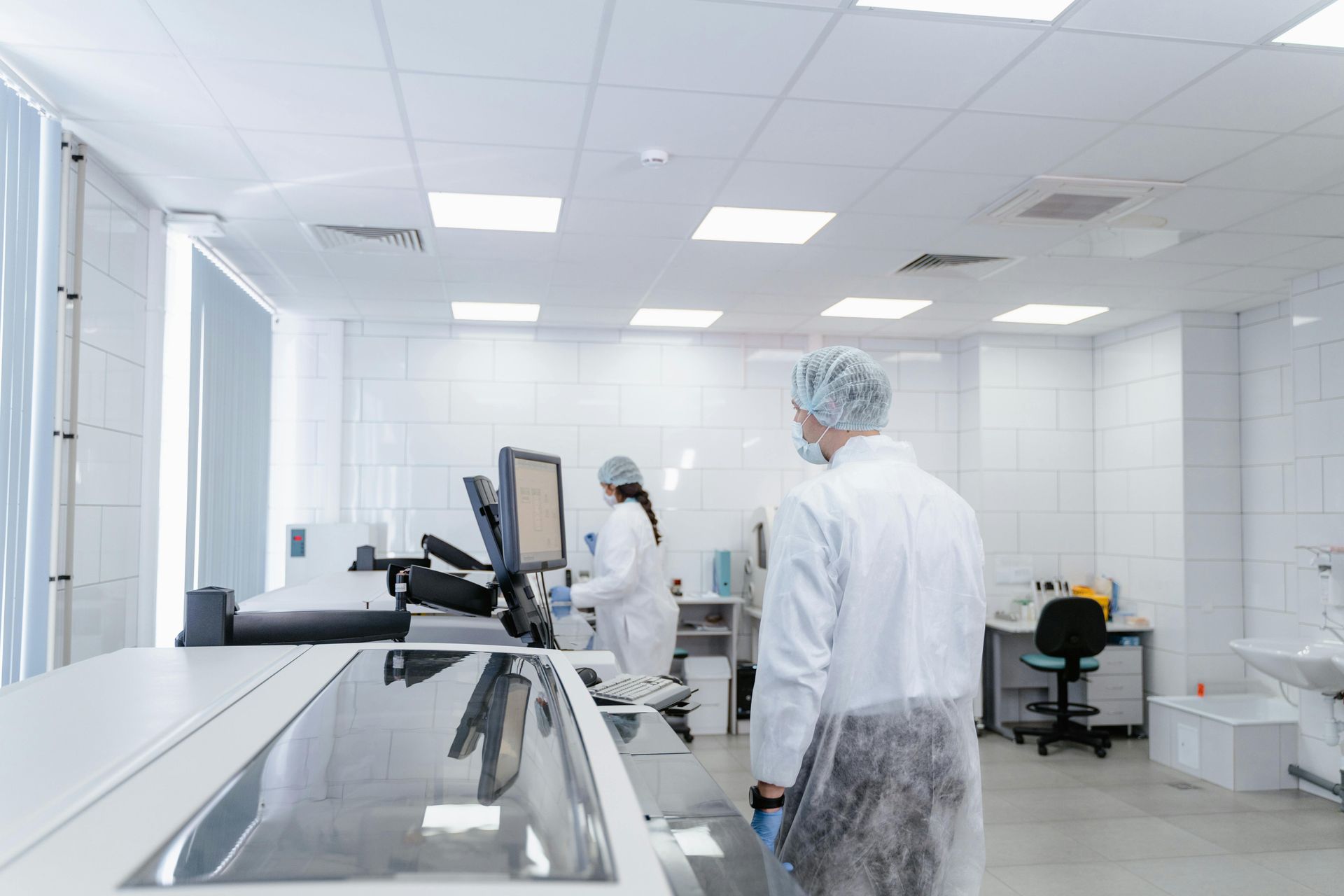What the Updates to GMP Facility Inspections Mean for US & EU
The United States and the EU have agreed to amend the Pharmaceutical Annex to the 1998 US-EU Mutual Recognition Agreement (MRA), allowing the US and the EU to utilize each other's good manufacturing practice (GMP) inspections of pharmaceutical manufacturing facilities.[1]
The MRA is a legally binding treaty between the US and the EU to be able to exchange GMP Certificates based on equivalent GMP Compliance Program.[2]
This agreement is a result of three years of negotiations and cooperation between the USFDA and the EU, as a part of the Mutual Reliance Initiative (MRI). The agreement will now allow drug inspectors to have access to information on inspections conducted within their respective jurisdictions. The agreement is a step forward to avoid duplication of drug inspections and will contribute to decreased inspection costs.
The US Congress passed the FDA Safety and Innovation Act in 2012, granting authority to the FDA for entering into bilateral agreements with foreign regulatory authorities deemed capable of conducting drug inspections that meet US standards. Evaluations and assessments of the inspection programs of the EU and the FDA began in 2014 to analyze the risks and benefits of mutual recognition of drug inspections. Subject matter experts and investigators from the Center for Biologics Evaluation and Research, the Center for Drug Evaluation and Research, the Office of Regulatory Affairs and the Office of Global Regulatory Operations and Policy in the US successfully guided the FDA during the EU’s audit of FDA inspections in September 2015. Responsible EU officials visited and assessed three district offices, the main FDA campus, and a drug laboratory during the scheduled visit. The team from the EU audited the facilities, applying same EU terms and conditions that are applied while inspecting EU member state facilities. Later, the FDA was invited to observe the EU’s Joint Audit Programme, where two EU nations audit the facilities of another member state of the EU. The FDA was invited to observe the audit of pharmaceutical manufacturing facilities of Sweden by drug inspectors from the UK and Norway. Since the inception, FDA has observed the audits of 12 facilities across the EU and the inspections are expected to continue until 2019, covering EU countries individually. The EU inspections of the FDA facilities is expected to be completed by July 2017. This mutual agreement on manufacturing unit inspections allows unprecedented first hand access to the FDA regarding the working procedures in the EU GMP drug manufacturing audits and inspections.
The EU regulatory authorities and the FDA developed a strategy which shall be applied to inspections of the GMP manufacturing sites located in the US and European Economic area (EEA), covering products meant for human and veterinary use. The agreement will impact only the routine post-authorization/surveillance inspections while other pre-authorization/pre-approval inspections are expected to be unaffected by this agreement. Aspects covering the processing, and packaging, testing, and sterilizing facilities, shall be covered by the MRA. Besides, contracting facilities meant to carry out the above functions that are located in the US and the EEA will all be included in the MRA.
The agreement may as well negotiate the terms of the acceptance of GMP compliance documents the other party covering the manufacturing facilities located outside the territory of the issuing authority on a case by case basis.
The MRA will help increase collaborations between the regulatory personnel in the EEA and the US as the authorities of both regions will be required to consult one another on proposals introducing changes or new controls on the existing regulations or auditing and inspection protocols.
The exchange of official GMP documents, inspection information and other information on previous incidences of GMP non-compliance, any corrective actions, recall and any other regulatory enforcement issues of specific GMP manufacturing facilities covered by the MRA is expected to be shared using a central database. The FDA and the EU regulatory authorities are also required to maintain an alerting system in case of any anomalies issues related to GMP non-compliance with GMP necessitating suspension of affected products. The MRA also allows regulatory authorities in each region to the right to inspect a manufacturing facility in the territory of the other, but only on an exception to the norm.[3]
The agreement strengthens the collaboration between the US and the EU observation and analysis of the drug inspectorates in the EU. It is certainly expected to reduce inspections that are essentially duplicative.
The MRA is expected to fast-track approvals and at the same time, the authorities can devote more resources to other parts of the world like India and China where the pharmaceutical manufacturing has largely increased in the last two decades.
[1] https://www.fda.gov/NewsEvents/Newsroom/PressAnnouncements/ucm544357.htm
[2] www.ema.europa.eu/docs/en_GB/.../01/WC500219373.pdf
[3] http://eur-lex.europa.eu/legal-content/EN/TXT/?toc=OJ%3AL%3A2017%3A058%3ATOC&uri=uriserv%3AOJ.L_.2017.058.01.0036.01.ENG
Blog Categories
Stay Informed



